The Europe Space Situational Awareness Market encompasses a rapidly evolving landscape marked by the increasing need for monitoring, tracking, and managing space assets amid rising concerns over space debris and potential collisions. As nations and private entities make significant investments in space exploration and satellite communications, the demand for Space Situational Awareness (SSA) services has soared. Competitive insights reveal that numerous players are actively engaged, vying for strategic partnerships and advancements in technology to enhance their capabilities.
These dynamics are shaped by varying government policies, funding initiatives, and collaborative agreements among nations seeking to bolster their respective positions in this critical sector. The mission to fortify Europe’s capabilities in space safety creates a platform for companies to innovate and improve service offerings while mitigating risks associated with the ever-growing complexity of orbital environments.Thales has established a strong foothold in the Europe Space Situational Awareness Market, recognized for its innovative technologies and comprehensive solutions designed to monitor the space environment effectively.
The company's expertise in satellite systems and ground-based observatories positions it as a key player in providing actionable insights for governmental and commercial entities. Thales emphasizes the development of advanced data analytics and artificial intelligence methodologies to interpret data collected from various space sensors, facilitating real-time assessments of space traffic and potential hazards.
Furthermore, the company leverages its collaborative engagements with European Space Agency initiatives and defense programs, which reinforces its reputation as a trusted leader in space safety and situational awareness.Inmarsat is another prominent entity within the Europe Space Situational Awareness Market, known for its commitment to delivering global satellite communication solutions that enhance operational effectiveness in the space domain. The company provides vital information services and data connectivity designed to support governmental organizations and defense missions in Europe. Inmarsat's strengths lie in its advanced satellite constellations, enabling seamless communication between various stakeholders involved in space operations.
The firm has been active in forging strategic partnerships and participating in mergers and acquisitions that expand its technology portfolio, thus enhancing its market presence in Europe. Key services offered by Inmarsat include satellite telemetry and tracking systems, which play an instrumental role in managing spacecraft and ensuring the safety of assets in orbit. Its reputation for reliability and innovation positions Inmarsat favorably in a rapidly changing landscape, responding adeptly to the evolving demands of Space Situational Awareness.


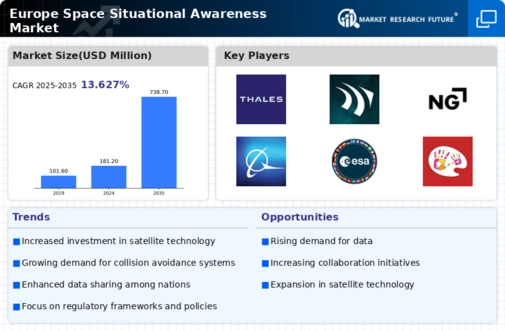
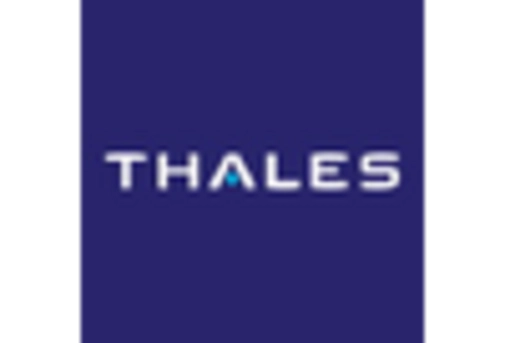


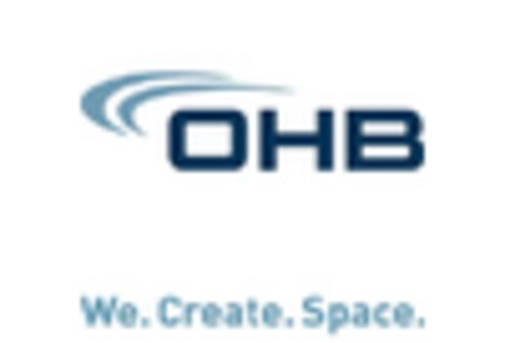

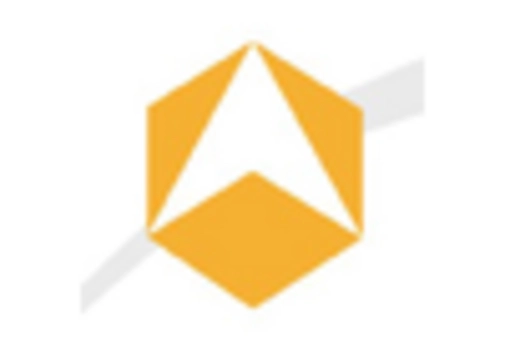
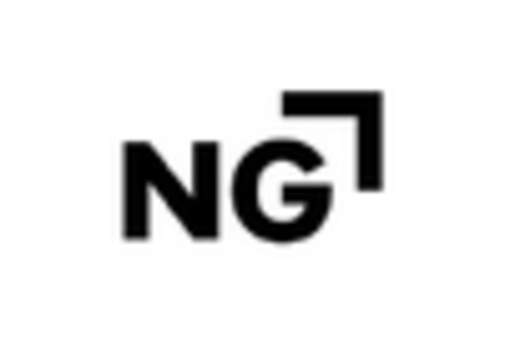













Leave a Comment